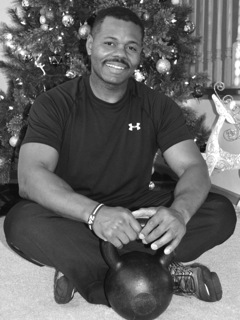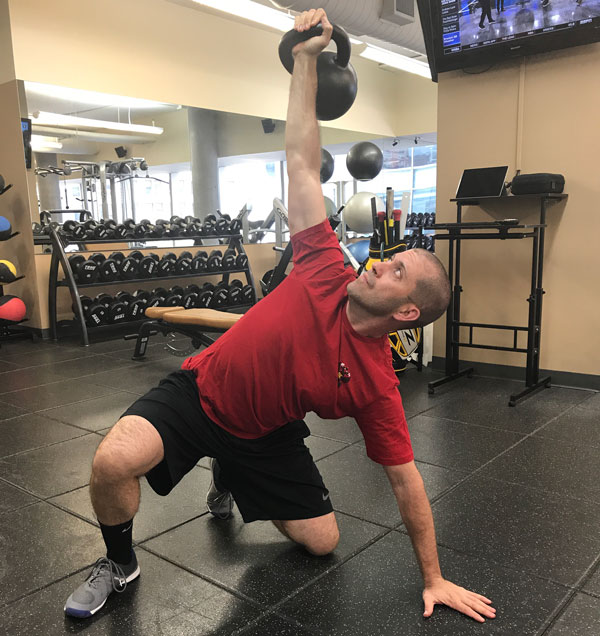
I’ve been in the fitness industry for almost 18 years. Most of that time has been spent looking for answers to age old questions:
- How can I best help my clients reach their goals?
- How can I get my clients to workout more consistently?
- What are the best tools and exercises to get them the most effective results?
There are many sources for answers—and many great systems producing outstanding results. About eight months ago, I was fortunate to join the Dragon Door family when I passed the RKC Level 1. It was an amazing weekend filled with learning, challenges and camaraderie. Since then, I have taken RKC Level 2 and have been fortunate to assist with an HKC and RKC Level 1. While these experiences have taught me many things, the most important is that what Dragon Door has to offer—specifically in the RKC and PCC—is exactly what people and the fitness industry need!
To get the most out of a fitness program, make progress and reach goals, it is important for people to work out as consistently as possible. Just the thought of having to travel to a gym before or after work—then spend an hour or more fighting over equipment—is enough to keep even the most dedicated person from sticking with a fitness program.
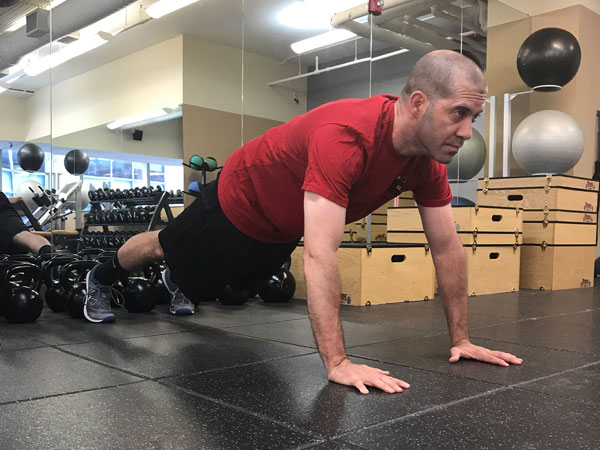
An ideal fitness program—the fitness program of the future—would be short, portable, and use minimal equipment. Kettlebells and bodyweight training check all three of those boxes. Get-ups, swings, and complexes like cleans and presses offer so much “bang for your buck” that you can get a great workout without committing much time at all.
With a few kettlebells and maybe a pull-up bar, you can create a workout program with almost endless variety and challenge. These exercises are also extremely portable. Whether you’re at home, the office, or on the road, it’s easy to get in your workout—and there’s less room for excuses.
Kettlebell and bodyweight training reinforce several of the most positive aspects of the fitness industry. Most people would benefit from mastering and strengthening basic movement patterns with exercises that focus on improving their ability to squat down, lift, push, pull, and carry weight. This more functional approach can help people easily accomplish daily tasks and with less pain.
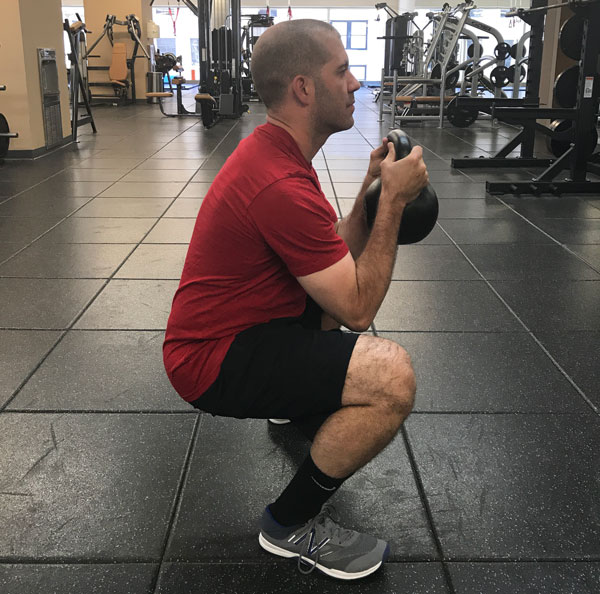 It’s important for a successful training system to be appropriately challenging for everyone—no matter where they are on their fitness journey. Some of the best elements of both the RKC and PCC Workshops are the built in progressions and regressions for each exercise. Whether it’s someone’s first day of training or they’re an elite level athlete, these systems have safe exercises and workouts which will challenge someone to improve. This is an excellent way to bring more people into a fitness lifestyle and encourage them to continue training for a lifetime.
It’s important for a successful training system to be appropriately challenging for everyone—no matter where they are on their fitness journey. Some of the best elements of both the RKC and PCC Workshops are the built in progressions and regressions for each exercise. Whether it’s someone’s first day of training or they’re an elite level athlete, these systems have safe exercises and workouts which will challenge someone to improve. This is an excellent way to bring more people into a fitness lifestyle and encourage them to continue training for a lifetime.
Training consistently and reaching your fitness goals is always harder when you go it alone. Having a community by your side with standards that hold you accountable help increase your chances for success. Dragon Door has built that community through its courses, books, and instructors. A community gives people somewhere to turn to when they have questions or need support along their journey. Dragon Door has also set standards for basic and exceptional levels of fitness based on gender, age and weight. These standards are excellent training goals. These goals and community accountability can help everyone stay consistent with their training even when personal motivation drops.
The most successful fitness programs have a few things in common: consistent workouts which can be done any time, anywhere and exercises that improve our ability to move well and get stronger no matter our current fitness level. But, people also need a community for support and standards that motivate. That’s why I’m excited to be part of the Dragon Door family. They’ve provided me with the knowledge and tools to help myself and my clients be better tomorrow than we are today!
***
Kirk Adams, MS, RKC is the Head Performance Coach at Golf & Body NYC
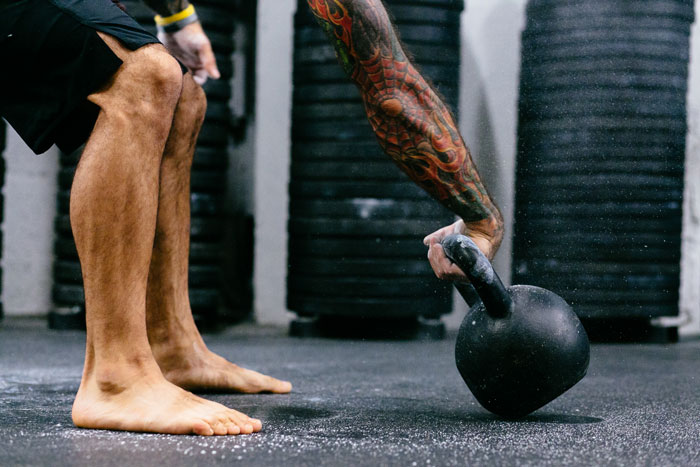
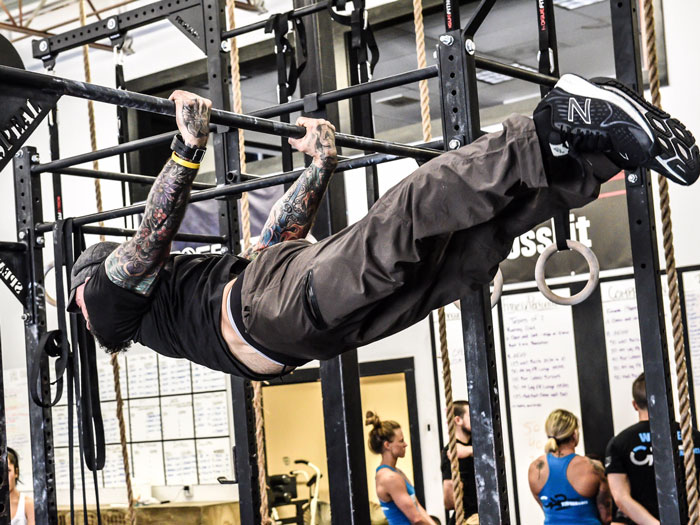
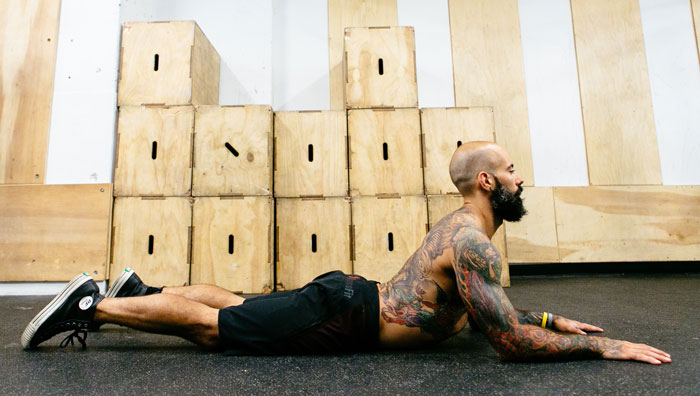
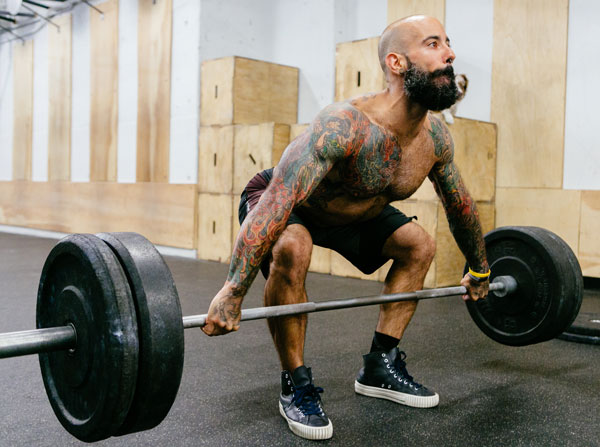
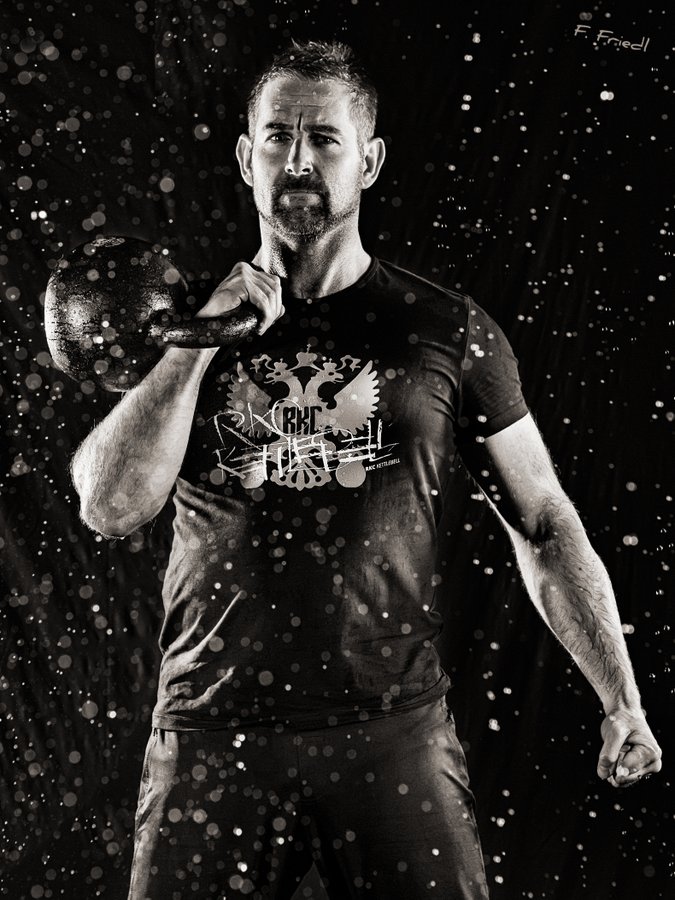

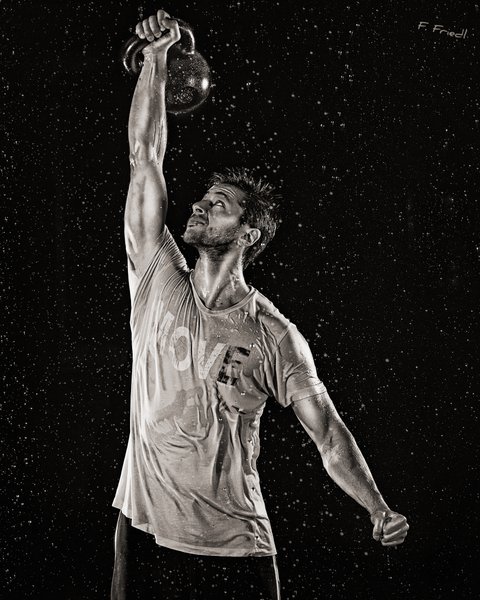
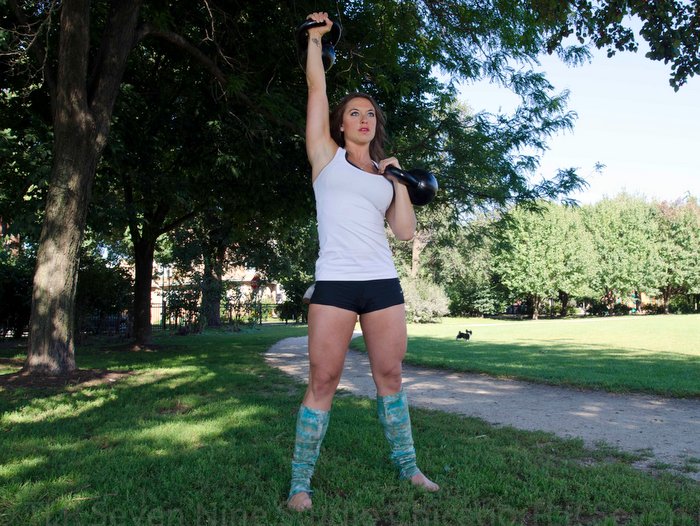
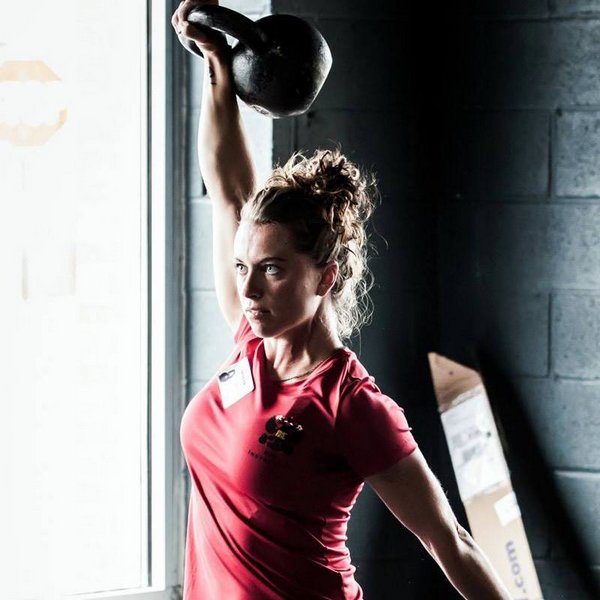 Max out:
Max out: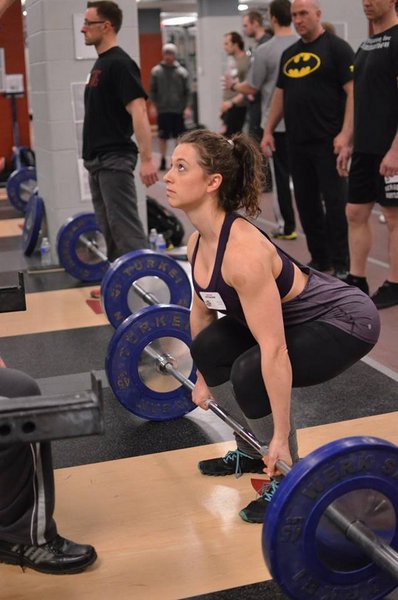
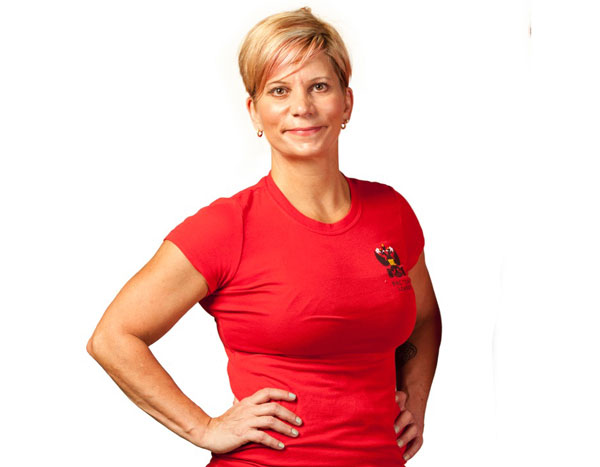
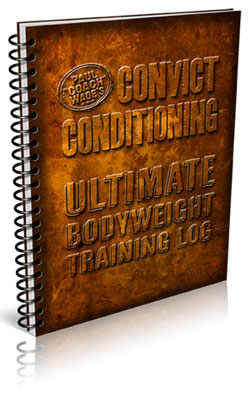
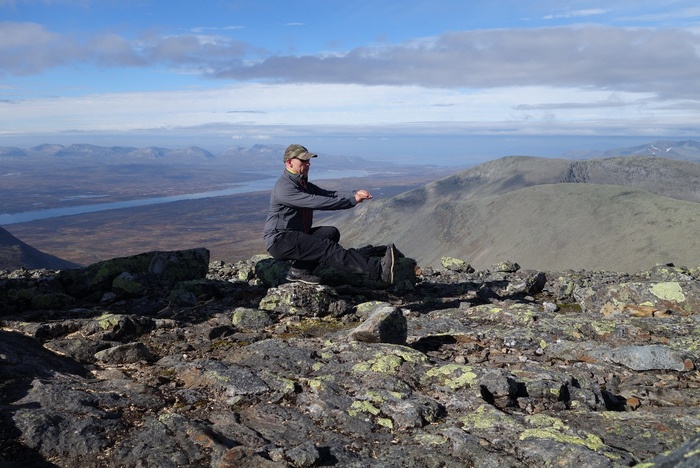
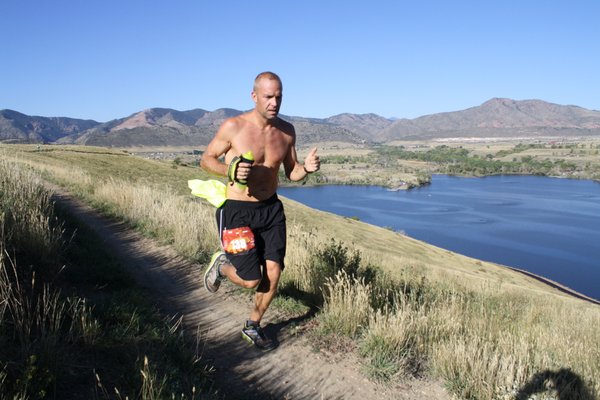
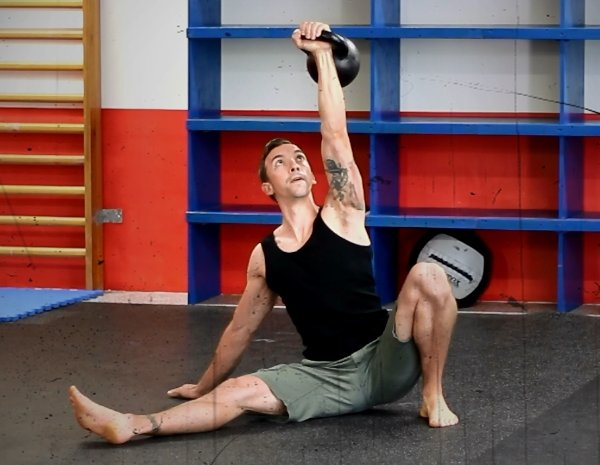
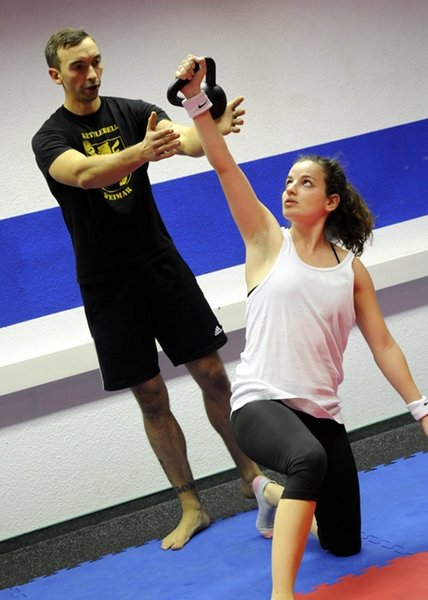
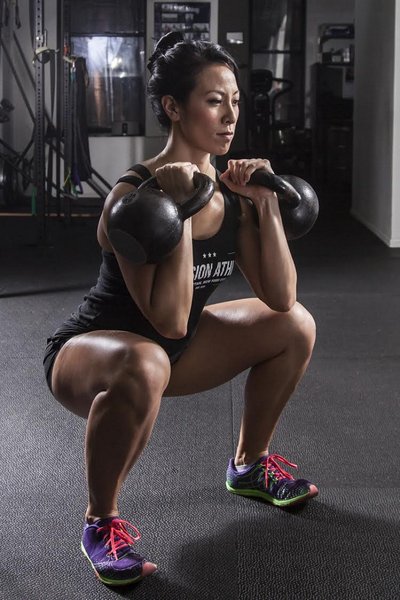
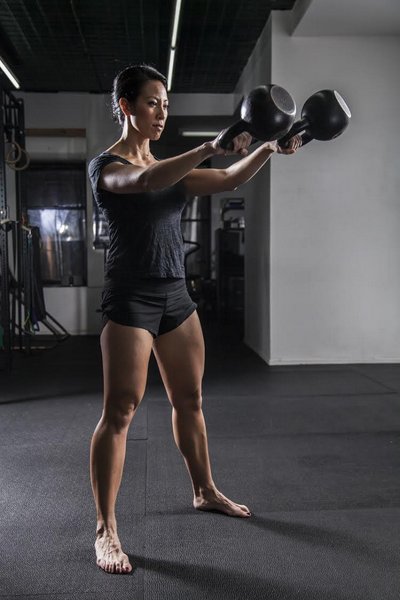
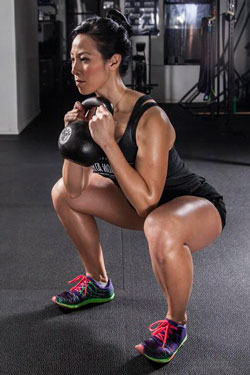 2014 has been good to me and my business. Precision Athlete has grown in clientele and notoriety far beyond what I could have imagined when we opened in 2011. I was also recently promoted to leadership in the first professional organization I had ever joined, the
2014 has been good to me and my business. Precision Athlete has grown in clientele and notoriety far beyond what I could have imagined when we opened in 2011. I was also recently promoted to leadership in the first professional organization I had ever joined, the 